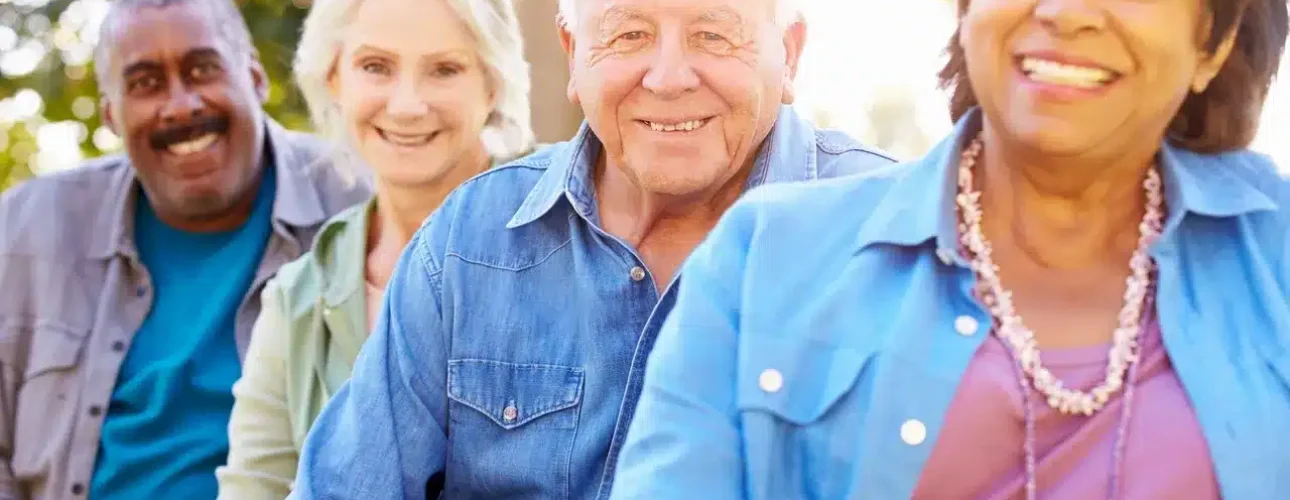One of the most common types of vein disease is varicose veins. About 30% of adults have varicose veins, and 16% of those adults are older than 60. If you have varicose veins and are thinking about seeking treatment, you may be surprised to learn that your age might not actually be as important as your overall health when it comes to determining if you can get treatment. In fact, a healthy, active woman in her mid-70s can be a good candidate for vein treatment.
At Vascular Care Specialists of Los Angeles, Dr. Mathew Cheung and Dr. Peter Lin discuss the issue whether there an age limit for vein treatment. In this post, you will learn when you should considering vein treatment, and steps you can take to improve your varicose vein symptoms.
How old is Too Old to treat my varicose veins?
Before answering the question, it may be helpful to understand a little bit about varicose veins. These bulging, twisted veins are most often found on the legs and are caused by incompetent one-way venous valves. When your valves aren’t working properly, blood can flow backwards and build up, or pool, in your veins. This increase in pressure causes your veins to enlarge and become varicose veins.
Treatment of symptomatic varicose veins does not have an age restriction. The best time to seek treatment is after careful evaluation and diagnosis by a vascular specialist. For the most successful outcome, you need to be able to follow post-operative instructions which include wearing compression stockings and walking daily as directed.
Do I need to do something about my varicose veins?
Varicose veins are not just a cosmetic problem. It’s estimated that about 65% of adults over the age of 60 have at least one leg symptom related to varicose veins.
If you’re living with varicose veins and are experiencing problems, you should know that you don’t have to live in discomfort or pain. If you have any of the following symptoms, it may be time to think about doing something:
- Discomfort or heaviness in your legs
- Burning or throbbing
- Swollen legs
- Problems with healing
- Thickening or changes in the color of your skin
- Problems with bleeding
- Itching
Regardless of how old you are, there are things you can do to try to improve how your legs feel. To start feeling better now, you can try the following:
1. Elevating your legs
Sitting with your legs down or standing for extended periods of time can increase the pressure in your veins. If you can put your legs above the level of your heart, gravity can help. Try to do this for 30 minutes, 4 times a day.
2. Wearing compression stockings
These elastic stockings help by applying pressure on your lower legs, which supports the veins helping to maintain blood flow and prevents swelling and discomfort. You should put them on first thing in the morning, when you get out of bed, and take them off at bedtime each night.
3. Getting some exercise
Moving your legs helps increase blood flow. Talk with your doctor to see what kind of walking or other exercise program would be safe and might be helpful for you.
4. Losing excess weight
If you can, and your doctor says it may help you, work on losing any extra weight that you may be carrying.
Varicose Veins Treatment Options
The lifestyle changes listed above are conservative treatments. They’re often the first step for treating varicose veins. If you try them, but still don’t find relief, then it may be time to see a vascular specialist to discuss your options.
1. Surgery
When performing surgery on varicose veins, an incision is made in the groin to locate and close off the problematic veins. Next, the veins at the surface may be removed, or stripped. Your doctor will discuss the risks with you, but you should know there are more risks and a longer recovery period with surgery than there are with minimally invasive treatments. iv You will need to be sedated for surgery, and because of this, there is a higher risk for blood clots and increased pain. Depending on your physical condition and medical history, surgery may not be the best choice for you.
2. Minimally-invasive treatments to surgery
Interventional Radiologists and Vascular Surgeons can treat varicose veins without surgery. Typically, all that is needed for these procedures is a small injection of a local anesthetic or numbing medicine. Stitches are usually not needed. Varicose veins can often be treated through one the following minimally invasive treatment options:
- Sclerotherapy – This is a useful option when treating small varicose veins and spider veins, which are purely cosmetic. A small needle is used to inject a scarring solution into the vein. The scarring in the vein encourages blood to reroute and flow through healthier veins.
- Endovenous ablation – From within the vein, heat is used to damage it, causing it to close off. The heat can come from a small laser fiber or from radiofrequency waves.
- Microphlebectomy – The superficial veins are removed with a special tool through small nicks in the skin. This is also called ambulatory phlebectomy and can be part of an overall treatment plan that may also include endovenous ablation.
Only your doctor can help determine if you’re a good candidate for varicose vein treatment. Remember, while there is no defined age limit for vein treatment.
Schedule an appointment today
At Vascular Care Specialists of Los Angeles, we strive to provide the best service, care, and results possible. If you are interested in varicose vein treatment, give us a call at 626-275-9566 to schedule an appointment. You can also visit us at www.vcsla.com for more information.
